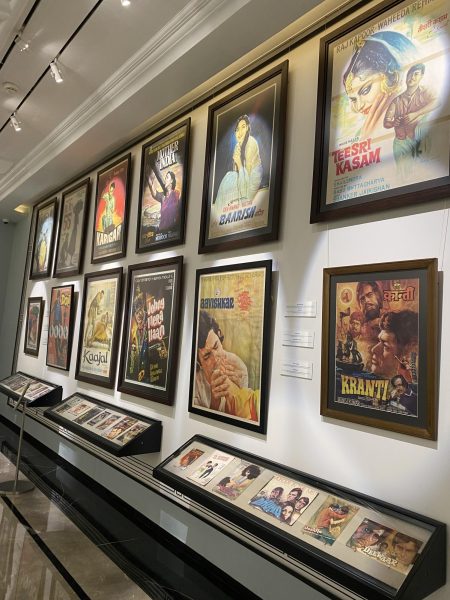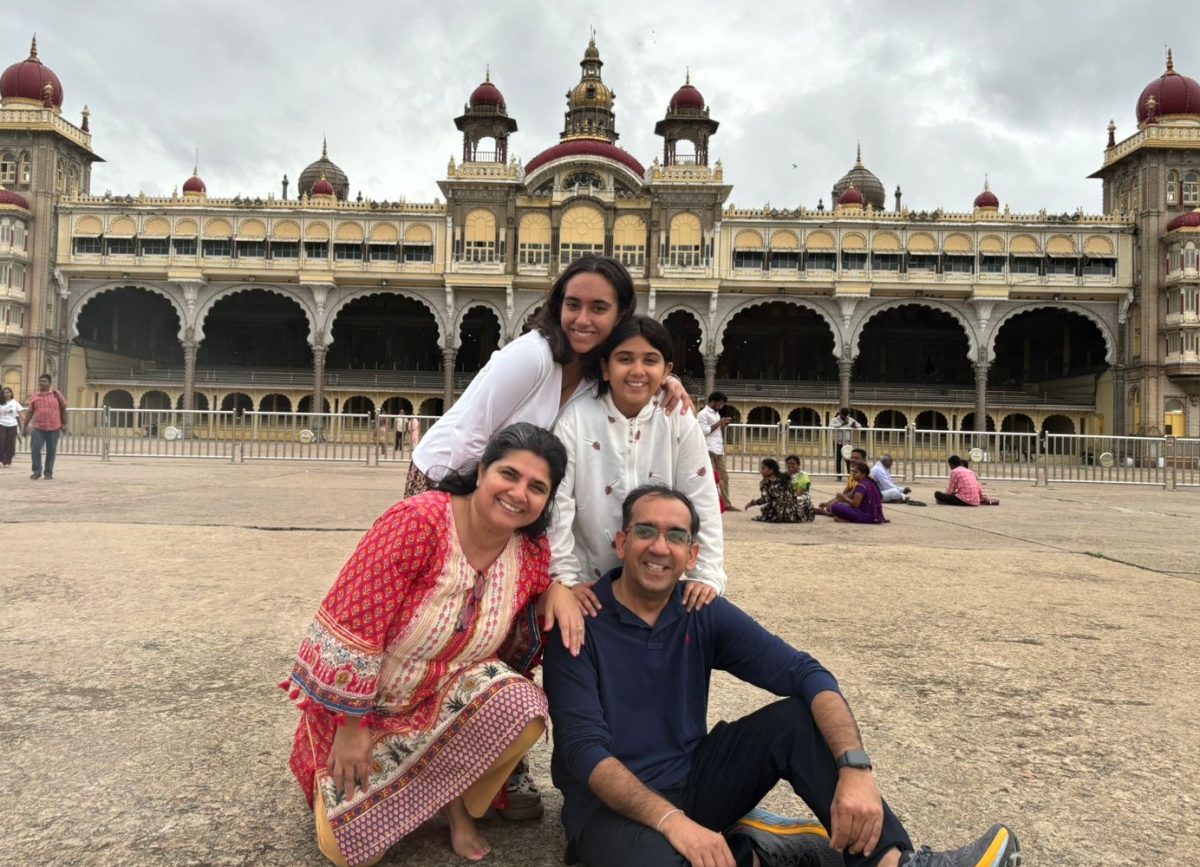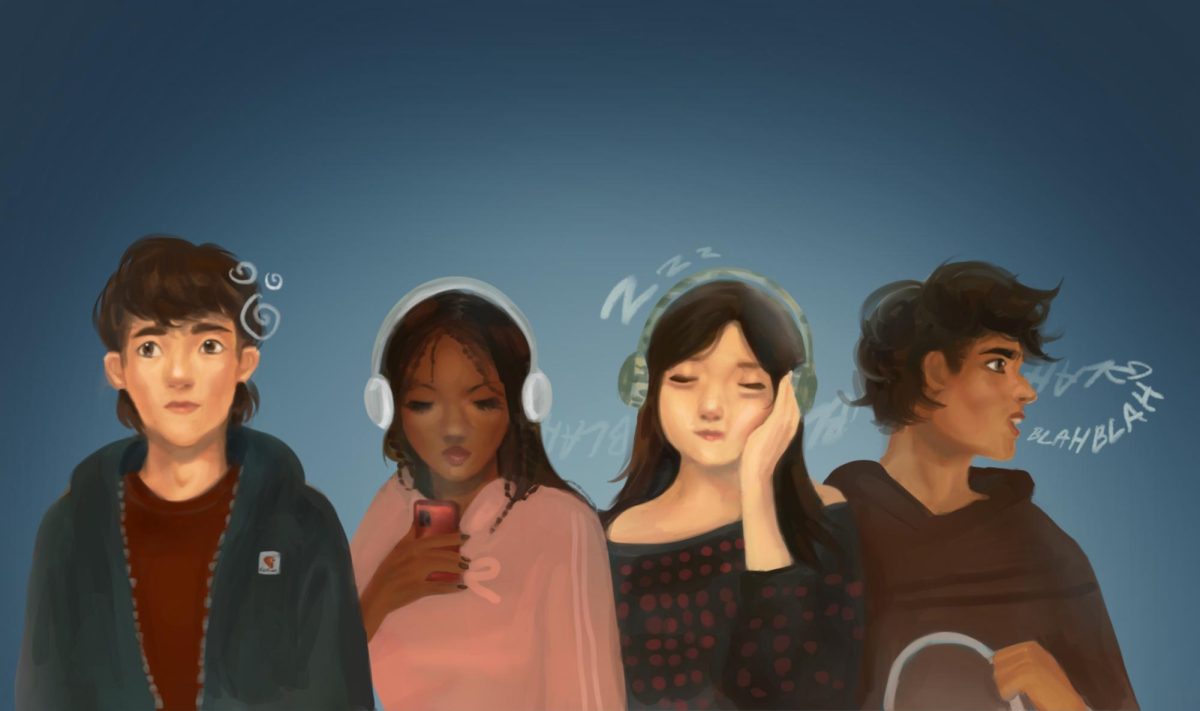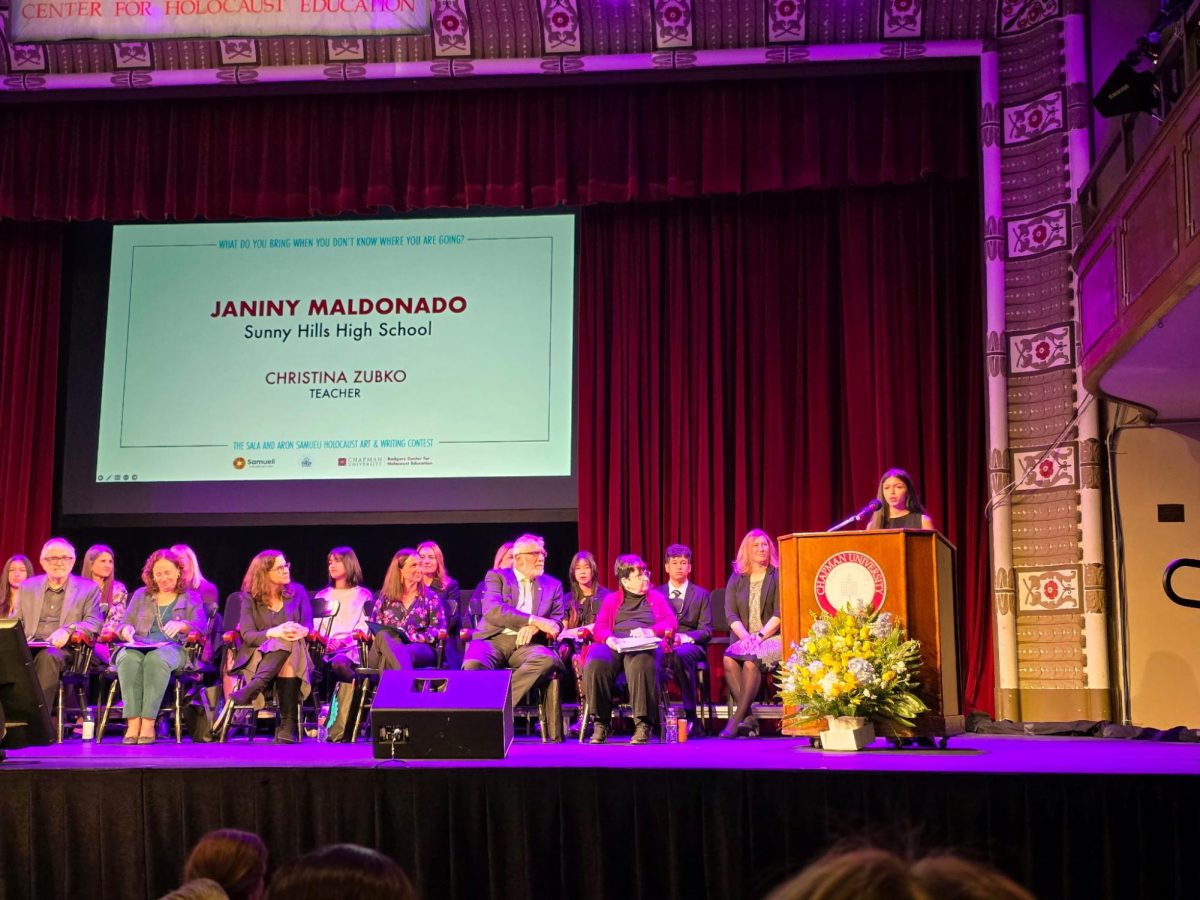Filth.
That was the word I often heard while discussing the topic of India with my friends when I was around 14 years old.
Although this conversation would only come up occasionally with people who were not of Indian heritage, understanding that my own friends viewed my culture in such a downtrodden way stung the most.
Growing up, I would visit India almost every other year with my family and truly enjoyed the trips. Seeing family members and my parents’ childhood friends who became like second families exposed me to the beauty of the country and the people there. However, when I realized that others failed to match these views and even denounced them, it left an emotional scar.
This polluted outlook I had after those conversations with my friends two years ago might strike the immediate image of immaturity — but it’s true. I was just that. A gullible, immature 14-year-old who let the thoughts of others taint her own. Especially since these conversations happened between the last trip and the most recent one, my skewed ideas came from people who relied solely on what they saw through the media and heard from word of mouth.
Whenever I talked about India with friends or acquaintances, they would greet the conversation with either an unsightly facial expression or an offensive snicker. It would then follow with an ignorant remark like, “Oh my god, that place is so polluted,” or “How can people live in such a filthy place?”
Coming from an Indian-American household with both my parents growing up in India — my mom being born in Mumbai and my dad a native of Bhopal — words like “polluted” and “unhygienic” genuinely hurt me.
Shamefully, I also started viewing India through a disapproving lens because as a 14-year-old girl with low knowledge and high gullibility, I went along with the crowd. I still regret forming such opinions to this day because I now realize that I should not have allowed the views of others to shape the way I saw my country.
Viewing my parents’ motherland in such a way made me stray from sharing my thoughts with them as a way to protect their feelings. The last thing I wanted them to think would be “My own daughter does not appreciate her roots,” and “Where did she get these ideas from?”
However, I had a change of heart — a paradigm shift — during my travels to Mumbai, Bengaluru, Mysuru and Bhopal when I saw India in a new light this year.
Along with my corrected opinion came an opportunity for me to reconnect with the country. This past summer, my family decided to take a trip to India once before the end of high school since my life was becoming hectic and everyone got busy with their own lives. Previously, we would go frequently, but the rigor of high school prohibited us from continuing this tradition.
Although this was not my first ever trip to India, I approached it differently since the last time we went was in 2021 during the peak of COVID-19. We went primarily to visit my dad’s side of the family, who at the time lived in New Dehli, because he had not seen them since 2014. However, with the pandemic, we barely went out of the house for quarantine reasons, so I was unable to see such a change I did this time, which surprised me in the best way.
My memories of our pre-COVID visits are very fuzzy, and I fail to recollect the environmental state of India as a 12-year-old, so the inability to remember those past travels mixed with poor conversations fueled my negative impression.
This past summer, we visited Mumbai to meet my mom’s side of the family, Bengaluru to visit my aunt and uncle, Mysuru for a change of scenery and Bhopal to see my dad’s parents.
After gaining firsthand experience, seeing tall skyscrapers, new cashless payment methods and luxury malls, I realized that the ideas my friends and I initially possessed were flawed, and these common misconceptions can only be eradicated by educating ourselves before making hurtful conclusions.
For example, India’s technological advancements took me by surprise. When I visited three years ago, COVID-19 prevented me from noticing such changes, so witnessing such improvements impressed me, to say the least. Everyone — from the beggars on the street to vendors selling fresh, hot samosas — relied solely on one form of payment: Paytm. According to its website, Paytm, a contactless transaction form like ApplePay, is not connected to a credit card but straight to the user’s bank account. It’s actually very similar to the concept of Venmo or Zelle.
While vacationing in Bengaluru, my grandfather had an undying craving for grapes. Luckily, we spotted a kind merchant sitting on the road with a small wooden table under a tree, selling the same fruit that would satisfy him.
The way he casually pulled out his QR code and handed us the grapes astonished me. Just a week before my visit, I could not have imagined a merchant sitting on the roadside carrying his phone to offer cashless payment in India.
But that’s not all.
High-speed delivery service app Blinkit lived up to its name, ensuring groceries are delivered within 10-15 minutes of ordering — a similar concept to Instacart but takes half the time to receive.
For example, right before our afternoon tea time at my aunt’s house in Bengaluru, we suddenly realized that we lacked the most essential ingredient to make chai: milk. My aunt knew how to use Blinkit since she used it for nearly four years now. Less than 10 minutes after ordering, a small milk pouch blinked onto our doorstep, just in time for the well-awaited chai.
My unenlightened mentality altered even more in August 2024 when my Instagram Explore page introduced new content relating to a grand wedding bash in Mumbai.
According to a Saturday, July 13, New York Times article, Anant Ambani and Radhika Merchant, the celebrated bride and groom, invited nearly 2,000 guests to the festivity on Friday, July 12, and everyone from the Kardashians to the Prime Minister of India attended.
It felt like a dream come true when the two corners of my world — my guilty pleasure being “Keeping Up With the Kardashians” and staying up-to-date with Bollywood celebrity gossip — collided. Since the Kardashians shared videos appreciating my country, the light of revelation shined brighter.

For some background context, the Ambani family is the most prominent business tycoon family in India, with businessman Mukesh Ambani being named the 11th-richest man on the Forbes list of billionaires as of Friday, Aug. 9.
Primarily because of this event and all of the attention brought to the country by a plethora of influential celebrities and Ambani’s business associates, I finally saw India under a positive limelight.
For the first time, instead of seeing Indian poverty on social media, I saw Kim and Khloé Kardashian praising India and even posting Hindi songs on their Instagram Stories.
I regret my previously formed conclusions about my own heritage. But along with such intense growth of the country, if we have so much access to the internet, why don’t we take advantage of using it for the better?
Although I can only speak for the places I visited, which consisted of an even combination of urban areas and the outskirts, the changes opened my eyes and altered my predispositions about my country.
Now, don’t get me wrong, the advances of new technological platforms were great changes to see, but the trip wasn’t a complete revelation. On one side of the scenery, I carefully observed a glorious 30-story building, but on the other side, I saw a cluster of huts with corrugated rooves occupied by the impoverished population and food-deprived beggars looking toward the privileged for meals to eat.
After coming back from our trip and having a post-summer reflection, I thought to myself, “I have been fortunate enough to see and experience the new and improved India, but I know that poor conditions still exist.”
This curiosity led me to discuss with my dad, who grew up in one of the more rural parts of India, and he managed to bring things into perspective.
He prefaced the conversation by saying, “Aashna, fortunately or unfortunately, you have not seen every part of India, and even though it is a lot different now than it was 30 years ago, you need to understand that poverty still exists.”
I slowly understood why my friends had such an impression: because the harsh reality is not eradicated. Alongside the glitz and glamor of wedding bashes, videos of the common stereotype also appear, and some users just happen to see that side more.
Nonetheless, by entertaining common misconceptions, we fail to appreciate growth, so next time, instead of laughing at those insensitive Reels and labeling them as “unhygienic” and “filthy,” let’s educate ourselves to focus on both sides of the story.

























Dr Ravi Malik • Aug 30, 2024 at 8:44 pm
Dear Aashna, unlike most, you dared to challenge the beliefs and went out to make your own observations and analysis. Consciousness is a raee trait. This makes you a rare personality. Keep it up. Look at the world through your own lens not borrowed ones!!!
SJR • Aug 30, 2024 at 2:17 am
Brilliant! I would encourage the budding writer to also explore the ageless philosophical and cultural aspects of India, which emphasise ethics and values as primary and material wealth as secondary. One can then begin to see the true riches such as acceptance, tolerance, art and humour .
Graciela F Lagumen • Aug 29, 2024 at 11:34 pm
Aashna you have written an excellent article of India , from the eyes of a 16 years old , such vivid narration of your travel, says it all. Well written Aashna , a big Salute !!!
Vivek Shrivastava • Aug 29, 2024 at 11:17 pm
Great
Rishi Verma • Aug 29, 2024 at 10:03 pm
Aashna – Your storytelling skills are incredible, and I truly enjoyed reading your article, and learning about the facts and culture of India. Please keep writing and sharing more golden insights from your journey to India.
Vikas • Aug 29, 2024 at 9:56 pm
True 👍, we get affected by politics, religion and drift away from facts and data. We do not analysis properly.
Daksha Mankaney • Aug 29, 2024 at 9:10 pm
Love the sensitivity with which the author has approached the topic— presenting a country “As Is” sans bias Very enlightening for anyone interested in visiting India— though a lot more needs to be covered